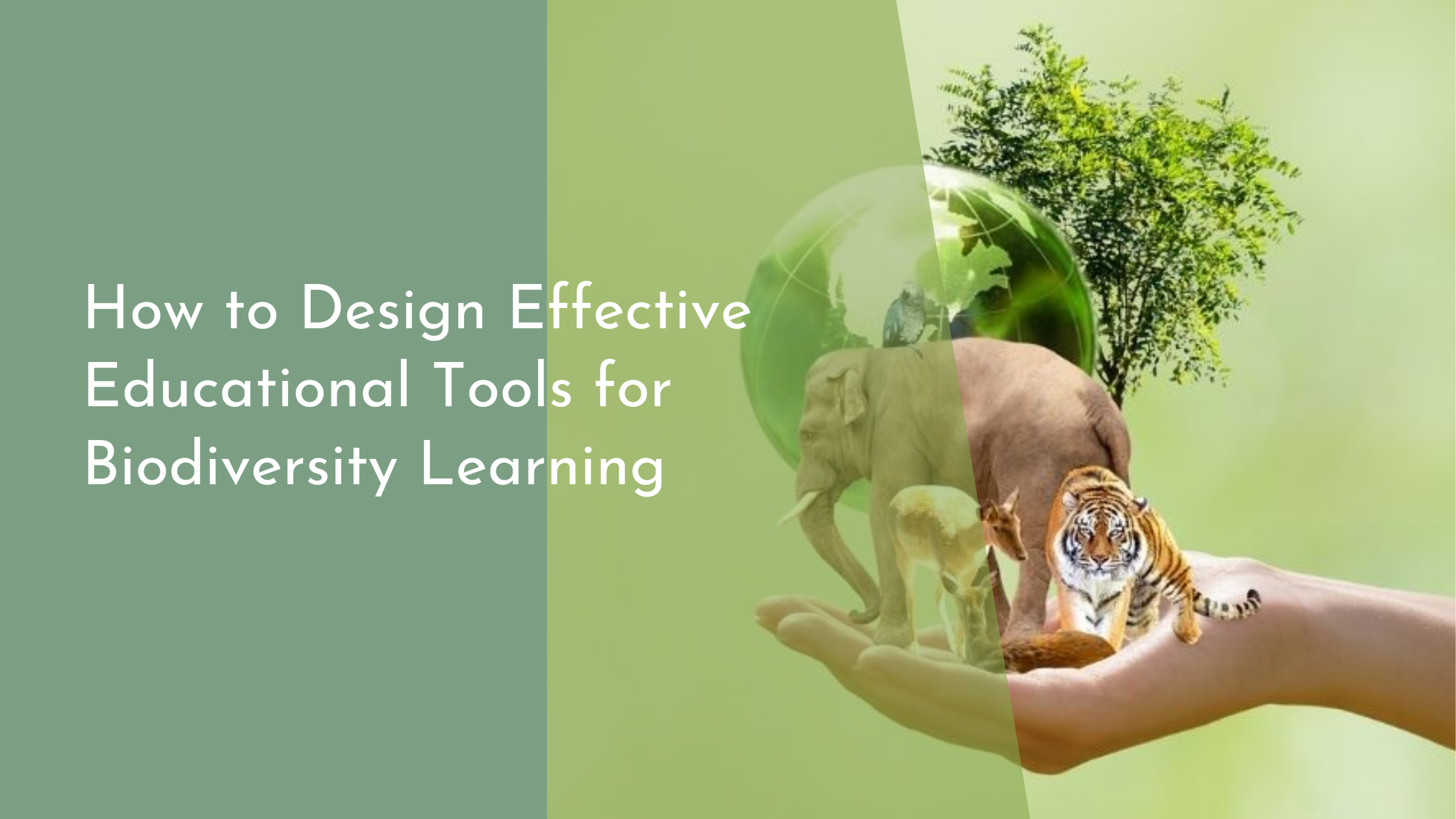How to Design Effective Educational Tools for Biodiversity Learning
Biodiversity, the astonishing variety of life found on Earth, plays a crucial role in maintaining ecosystem health and resilience. As environmental challenges continue to escalate, educating people about biodiversity becomes increasingly important. Well-designed educational tools can inspire learners to appreciate and protect the natural world. This article explores how to create effective tools for biodiversity learning, providing insights into understanding the significance of biodiversity, key design principles, interactive engagement methods, and strategies for assessing and improving these educational resources.
Understanding the Importance of Biodiversity
Biodiversity encompasses the variety of all life forms on earth, from the smallest microorganisms to the largest mammals, as well as the genetic differences and ecosystems they inhabit. It is vital for ecosystem services such as pollination, decomposition, water purification, and climate regulation. These services are indispensable to human survival and well-being, highlighting the urgency of protecting biodiversity. Educators must emphasize the interconnectedness of species and ecosystems to foster a deeper understanding of biodiversity’s role in sustaining life.
Furthermore, biodiversity is a source of immense cultural and scientific value. Many cultures hold deep connections with local wildlife and plant species, which are integral to their heritage and practices. From a scientific standpoint, biodiversity offers a reservoir of genetic material that can lead to discoveries in medicine, agriculture, and technology. Educational tools must convey these diverse values of biodiversity, encouraging learners to recognize its multifaceted contributions to both global and local contexts.
Key Principles in Educational Tool Design
To design effective educational tools for learning about biodiversity, it is essential to focus on clarity, relevance, and accessibility. Clarity ensures that complex concepts are broken down into understandable segments, catered to the learner’s age and expertise level. This can be achieved through the use of simple language, vivid illustrations, and examples that resonate with the audience’s everyday experiences. Relevance involves connecting biodiversity topics to learners’ lives, making the content more engaging and relatable.
Accessibility ensures that educational tools are available to diverse audiences, including those with different learning needs and preferences. This involves considering various formats such as online platforms, printable resources, and interactive applications that cater to visual, auditory, and kinesthetic learners. By incorporating these key principles into the design of biodiversity educational tools, educators can create resources that are not only informative but also inclusive and engaging for all learners.
Engaging Learners with Interactive Techniques
Interactive techniques are a powerful way to engage learners and deepen their understanding of biodiversity. Hands-on activities such as field trips to local ecosystems, citizen science projects, and virtual reality experiences can provide learners with tangible connections to the natural world. These experiences foster curiosity and a sense of discovery, motivating learners to explore biodiversity more deeply and personally.
Digital platforms offer a vast array of interactive tools that can simulate biodiversity scenarios, allowing learners to experiment with ecosystem dynamics and species interactions. Games, quizzes, and simulations can make learning fun and challenging, encouraging learners to apply their knowledge to solve real-world problems. By incorporating interactive techniques, educational tools can transform passive learning into an active, immersive experience that inspires a lifelong interest in biodiversity.
Assessing the Impact and Making Improvements
Assessing the impact of educational tools is crucial to ensure their effectiveness in imparting knowledge and inspiring action. Educators can use a variety of methods such as surveys, quizzes, and feedback forms to gauge learners’ understanding and engagement levels. Observations and discussions can also provide qualitative insights into how learners are responding to the content and what areas may require further clarification or reinforcement.
Continuous improvement is key to maintaining the relevance and effectiveness of educational tools. By analyzing assessment data, educators can identify strengths and areas for enhancement, adapting content to meet evolving learner needs and scientific developments. Engaging learners in the feedback process can also foster a sense of ownership and investment in their learning journey. Through regular assessments and improvements, educational tools can remain dynamic resources that effectively promote biodiversity awareness and conservation efforts.
Designing effective educational tools for biodiversity learning is a dynamic and rewarding process that requires a thoughtful blend of science, creativity, and empathy. By understanding biodiversity’s importance, applying key design principles, engaging learners through interactive techniques, and continually assessing and improving resources, educators can inspire a profound appreciation for the diversity of life on Earth. As more individuals become informed and motivated to take action, these educational efforts can contribute significantly to global conservation initiatives, ensuring a healthier and more sustainable future for all living beings.

